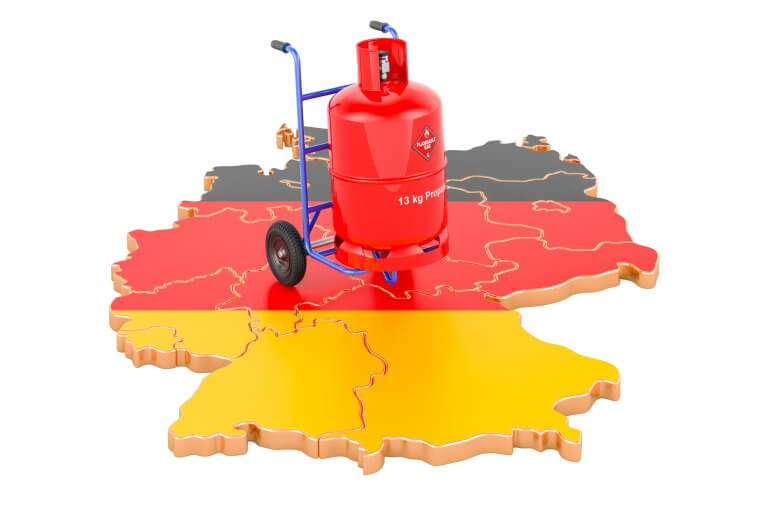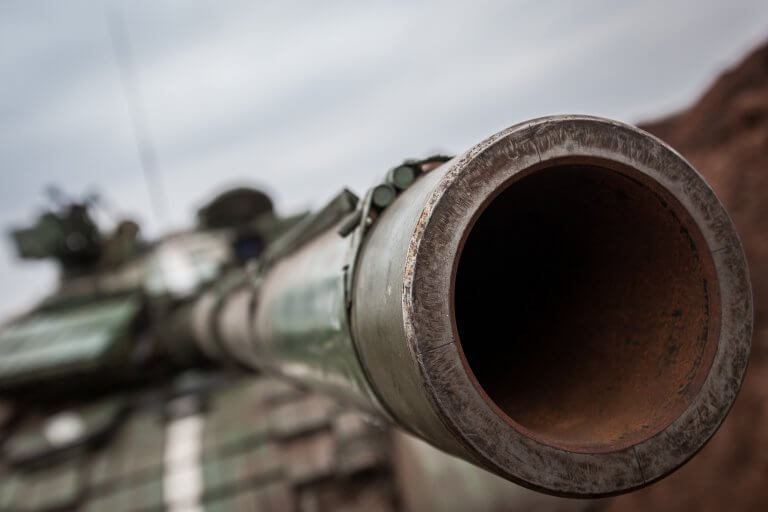
The US is on the edge of civil war: the population is psychologically prepared for violence and is hastily stockpiling weapons
Perhaps the brightest unifying point of the American nation over the last half century was the tragic 11th of September 2001, when the stupor and horror were replaced by patriotic enthusiasm and unity against the terrorists and murderers of thousands of people after the attack of the Twin Towers in New York City. Every American then, from the farmer of North Dakota to the manager of a major corporation in Silicon Valley, felt a shared sense of duty and love for their country. As sad as it is to admit, if something like this happened today, only a tiny fraction of Americans would act the same. Leftists and liberals would probably begin to say that it was “US imperialism” that caused the bloodshed, and that the government was to blame for the victims. The country’s conservative citizens would probably freeze in horrified indifference, and some of them would furtively gloat and rejoice in the death of the Wall Street white-collar workers they hated.

In 2008, when Barack Obama was elected president, many hoped for a change in political thinking and the emergence of a renewed national project. In some ways, their “hopes” came true but it resulted in the birth of two completely different nations. These are not just two different kinds of people, like some Filipinos or residents of the distant African country of Burundi, these are people who violently hate each other and do not understand how they ended up as citizens of the same country. The process of their cardinal separation began around 2011-2012 and was clearly manifested at the presidential elections of 2016 and 2020, when the “Trumpists” and “anti-Trumpists” were ready to compete with each other in ways that were far from parliamentary methods. There were also many more local manifestations, such as the situation around the BLM movement or the famous storming of the Capitol.
These two communities of people are distinguished by almost everything. Socially and culturally, one community consists almost entirely of liberal, atheist and multicultural residents of large and affluent cities, while the other consists of conservative and religious residents of the provinces, small towns, and rural areas. Economically, the former wants to be part of the “globalist world”, while the latter wants to preserve their autonomy and sovereignty by protecting themselves with the tools of protectionism. Culturally and ethnically, the first community includes members of various “minorities” and takes pride in respecting and protecting their interests, while the second one, in contrast, is proud of their descent from settlers from Europe with their inherent racial and civilizational characteristics and considers the loss of such an identity as a tragedy. These people are even geographically divided. The first people live in New England and the Greater New York metropolitan area, and all along the West Coast from Los Angeles to Portland, including such “enclaves” as Illinois, Colorado, and Minnesota. The second community of people occupies the entire Center and South of the country. Between them runs a narrow “frontier” in the form of such states as Nevada, Michigan and Ohio. The only thing that unites them is a common English language, but if that would be enough, then the United States would be part of the British Crown.
Historical practice tells us that a country in which two distinctly different nations are clearly distinguished either awaits disintegration or one nation must be completely suppressed and destroyed. Both are unthinkable without a civil war. American society experienced a similar all-encompassing split in the 1850s, and it was resolved in such a way back then. And yet, we can say that all the signs we have described are still “secondary” and can lead to a very tough, but purely sociopolitical, rather than military confrontation. Today, however, quite “primary” signs of the potential approach of civil confrontation are also becoming visible and can be demonstrated in sociology.
One reason of this increased violence is most likely that the population does not believe that solutions to their problems can be achieved by elections. Even recent US elections increasingly conform to the principle of Russian revolutionary Vladimir Lenin’s “it doesn’t matter how you vote, it matters how you count” that Trump recently invoked. It’s just that both the “Republican” and “Democratic” parties have ceased to conform to each other’s aspirations. For both of them though, from different ideological assumptions, they have come to represent a single centrist establishment party, whose members can easily find common ground. The situation is almost like one of those South Park episodes where you must choose between a douche and a turd. According to a poll in June by the Associated Press and The University of Chicago Harris School of Public Policy, most US adults (about 85%) thought that the country was headed in the wrong direction and only 14% believed the country was headed in the right direction. The level of negative sentiment increased compared to May, when 78% of Americans thought the country was headed in the wrong direction and 21% thought it was headed in the right direction. The most negative assessments were for the nation’s economy: in June, only 20% of Americans thought the US economy was in good shape, while 79% of those surveyed rated the economy as bad. At the same time both Republicans (79%) and Democrats (67%) gave negative estimates of the economy. And yet economic hardship has always been the engine of all civil upheaval and the precursor to civil conflict. The economic outlook for most Americans is bleak, and the upcoming elections will only worsen the situation.

Other surveys also confirmed this. For example, the British edition of The Guardian suggested as early as August that the growing distrust of political institutions in the US indicates that the country may be on the verge of a new internal conflict. The article pointed out that Dr. Garen Wintemute, co-founder of the California Firearm Violence Research Center, used to laugh at warnings about the coming civil war in America, calling them “crazy talks”. But a poll conducted by the center in July “stunned him”. It found that half of Americans expect a civil war in the next few years, and that one in five US residents believe political violence is justified in some circumstances. In addition, up to 40% of Americans said that having a strong leader is more important than remaining a democracy.
There are even additional polls which confirm this. For instance, according to one University of Chicago survey, about 30% of Americans believe that they may soon have to take up arms against the country’s government. Based on the survey, this opinion is shared by 28% of Americans, as well as 37% of those who keep guns at home. It is noted that such views were voiced by one third of the Republicans. The same point of view is held by 20% of Democrats and 35% of people who do not consider themselves supporters of either of the two major US parties. The survey also showed that 49% “increasingly feel like outsiders in their own country”. Among staunch Democrats the number was 38%, and among committed Republicans it was 69%.After such revelations, a civil war must seem less of an abstract and distant prospect to anyone.
The fears are reinforced by trends toward arming citizens who are preparing for future civil strife. For example, Arwa Mahdawi, a columnist for The Guardian in Britain, writes that Americans are preparing for possible social divisions and clashes in the United States by buying small arms and building underground bunkers. In her opinion, not so long-ago people would have thought you were crazy if you said a civil war in the United States was inevitable, but now things are different. According to a recent YouGov poll, more than 40% of Americans think a civil war is at least somewhat likely in the next decade.
American society seems to arrive in despondency and sees no moral strength to avoid the impending catastrophe and bloodshed. Many respected experts believe that American civilization is collapsing from within and is incapable of self-recovery. It requires labor and will, but no one in the country is capable of showing it. Others believe that the US has lost its status as a real superpower, becoming a living embodiment of Aldous Huxley’s dystopia “Brave New World”. Former US presidential candidate and former congresswoman Tulsi Gabbard also spoke on Fox News about the risk of a civil war in the country due to attempts to usurp power by the Democratic Party. Meanwhile, neither Donald Trump nor Joe Biden seems to be interested in national reconciliation, which could only be achieved through a joint and long effort and not by continuing to “throw wood logs” into the fire of civil strife. We don’t have long to wait – another two or three years, and it will become clear whether our fears are filled of pessimism and “over-insurance”, or whether they correspond to the bitter truth and represent a “cruel prophecy”.

